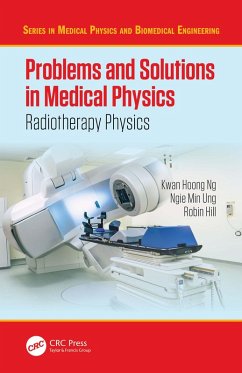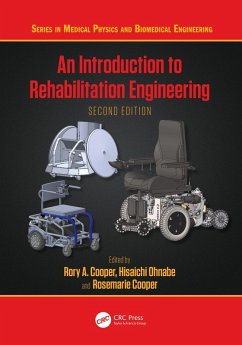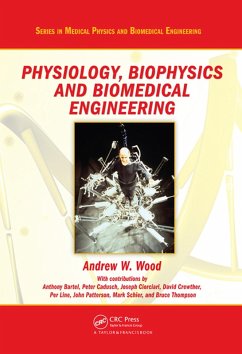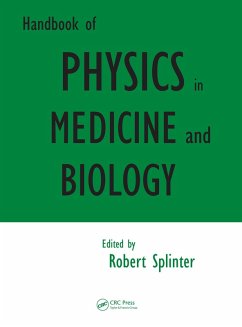
The Physical Measurement of Bone (eBook, PDF)
Versandkostenfrei!
Sofort per Download lieferbar
70,95 €
inkl. MwSt.
Weitere Ausgaben:

PAYBACK Punkte
35 °P sammeln!
Bone is a complex biological material that consists of both an inorganic and organic phase, which undergoes continuous dynamic biological processes within the body. This complex structure and the need to acquire accurate data have resulted in a wide variety of methods applied in the physical analysis of bone in vivo and in vitro. Each method has it
Dieser Download kann aus rechtlichen Gründen nur mit Rechnungsadresse in A, B, BG, CY, CZ, D, DK, EW, E, FIN, F, GR, HR, H, IRL, I, LT, L, LR, M, NL, PL, P, R, S, SLO, SK ausgeliefert werden.













